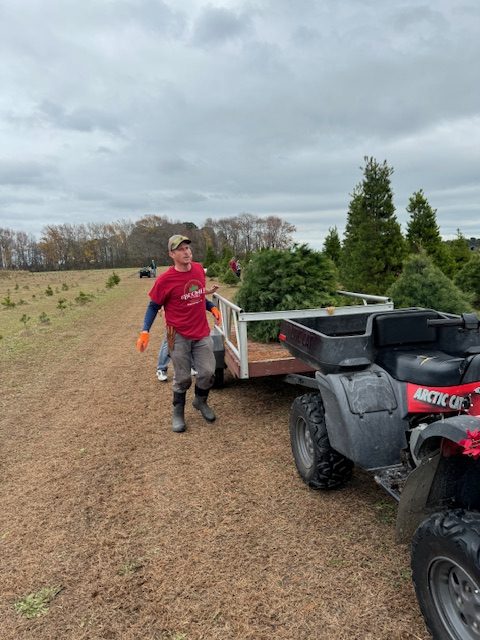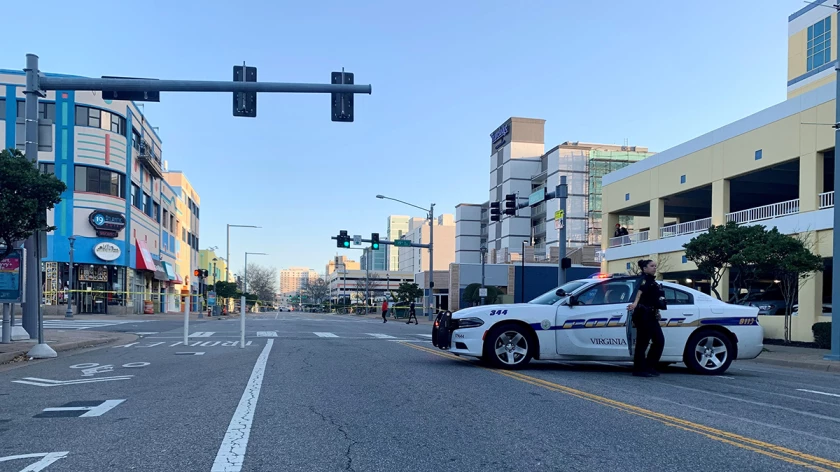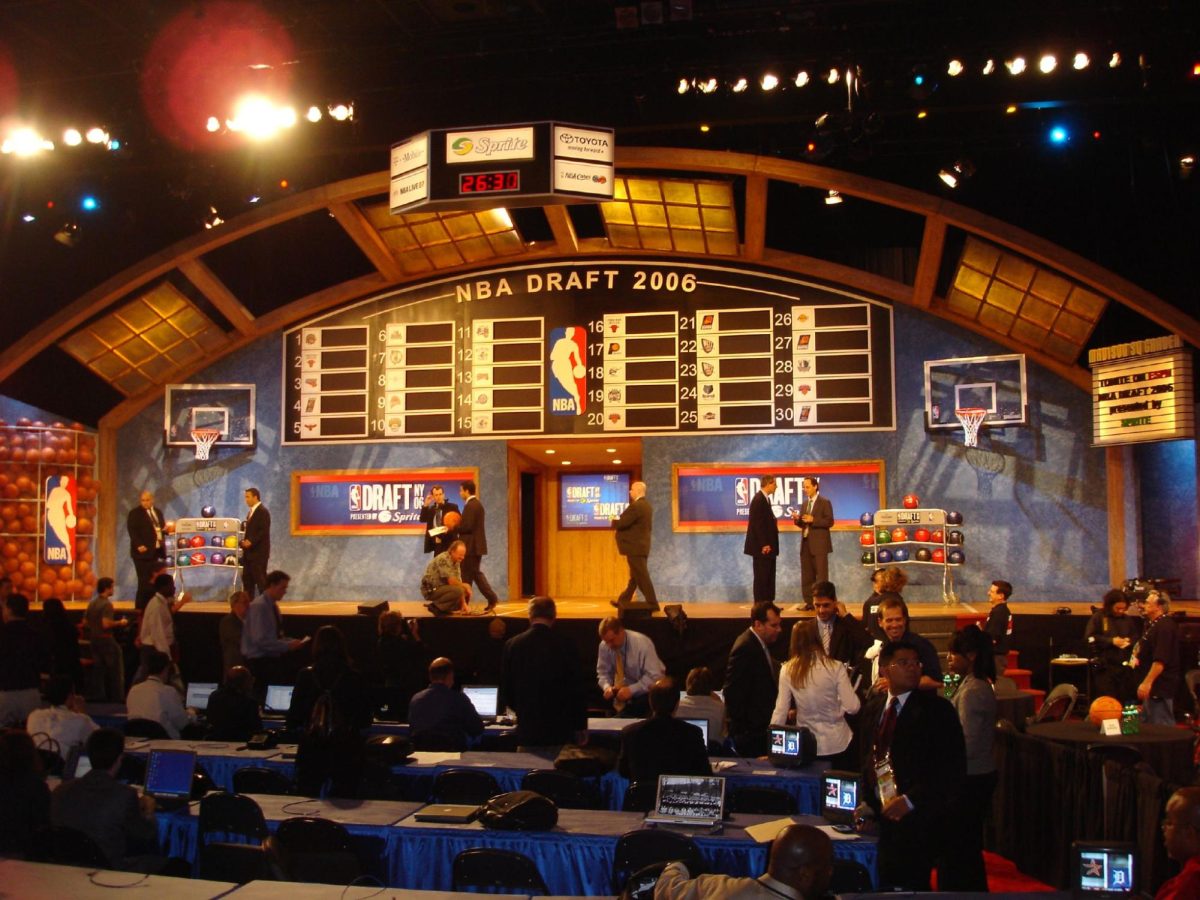The debate between fake and real Christmas trees is common among many families each year.
“I strongly encourage getting a live tree. At our farm we offer not only holiday spirit but a great family experience of cutting down your tree and decorating it with the family,” said freshman Abby Boomer, daughter of Heath Boomer, social studies teacher and owner of the Boomer Family Christmas Tree Farm.
Many pros and cons are looking at both sides. The aroma of evergreen sets off a nostalgic feeling for many during the holiday season. However, artificial trees do not, instead, they can either smell like nothing at all or if new, plastic. Artificial trees negatively impact the environment because they contain polyvinyl chloride and non-biodegradable plastic. Purchasing an artificial tree can be expensive but will last about six to 10 years.
According to the National Christmas Tree Association, 80 percent of artificial trees are manufactured overseas. The amount of carbon a ship releases while shipping these products harms the atmosphere.
On the other hand, real Christmas trees don’t require long-distance shipping. Many local farms provide a wide variety of selections, especially here in Virginia Beach, like Bright’s Christmas Trees and Produce. It also absorbs a huge amount of carbon dioxide and supplies oxygen to about eight people per tree.
“I think artificial trees are more cost-effective. For me, I have a kitten and real trees can be toxic to animals so I am hesitant to buy a real one. Last year I didn’t have a real tree but I prefer it. I got a three-foot miniature real tree and placed it above the floor so my cat cannot reach it so I can still enjoy the smell,” said English teacher Hollyanne Chesnut.
All artificial trees end up in a landfill, exposing all the plastic toxins they contain. But, real Christmas trees lessen the number of plastics that arrive in landfills during or after the holiday season according to a Christmas tree specialist from the Perennia Food and Agriculture Corporation, Lienna Hoeg.
Many ways to recycle real Christmas trees are available. The U.S. offers 4,000 recycling programs. Examples include donating the tree to an organization that uses the trees to prevent erosion on beaches, donating to a factory that uses trees for mulch, and more.
Artificial trees prevail when looking at the amount of effort it takes to set up a Christmas tree. It’s a one-time buy that will last several Christmases. Also, they often include pre-lit lights. Plastic pines don’t fall off as much causing less cleanup. However, real trees require high maintenance like watering them every few days.
“I prefer artificial trees because I have strong allergies,” said sophomore Karisma Cherry.












